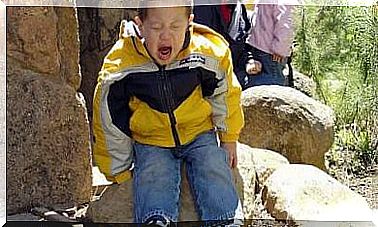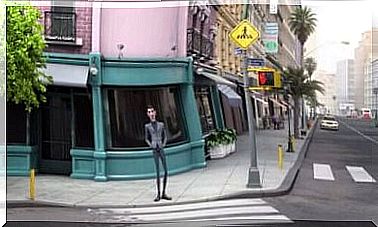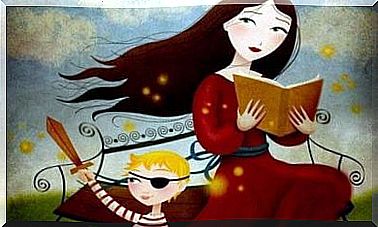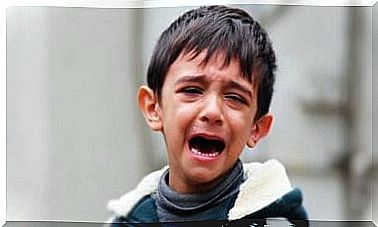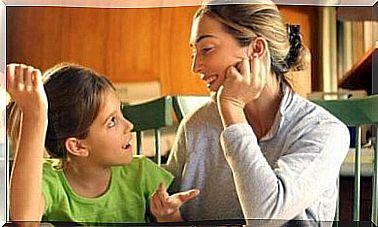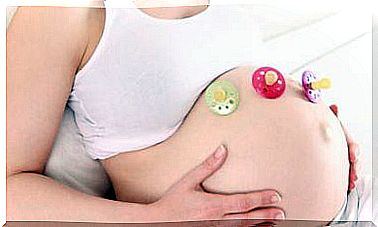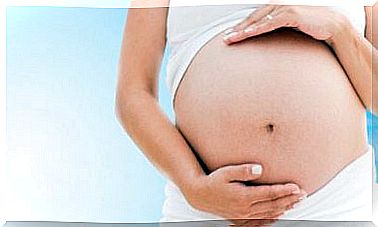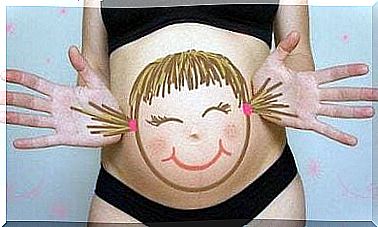What To Do When A Child Has A Headache
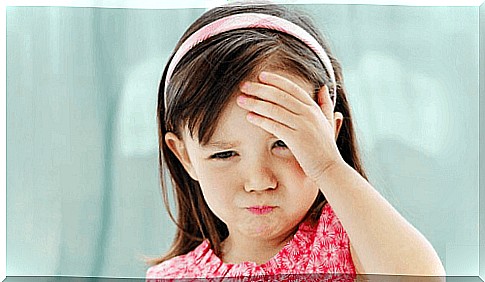
One of the most frequent pains people suffer from is headaches. Headache affects the neck, head and scalp. Pain can be due to various causes, both physical and mental. Until recently it was believed that children did not suffer from headaches. But today it has been shown that even babies can suffer from it. Let’s see what to do when a child has a headache.
Headaches in children can be due to various causes (lack of sleep, playing too much in the sun, etc.). It can be a pain in one particular site of the head or it can be a widespread pain (all over the skull). We will see in this article what to do when a child has a headache.
What causes it?
In children, headaches can have many different causes and even severities. It is essential to know how to distinguish between temporary pain, mild discomfort, and more acute pain that requires medical treatment.
Headaches in children can be caused by:
- Lack of sleep and fatigue.
- Dehydration.
- Head shot.
- Skipping meals.
- Watching too much TV.
- Stay in front of the computer for a long time if the child is older.
- Long trip.
- Cold or flu.
- Oral or ear infection.
- Migraine.
In most cases, headaches in children respond to simple causes that have a short duration and are infrequent.
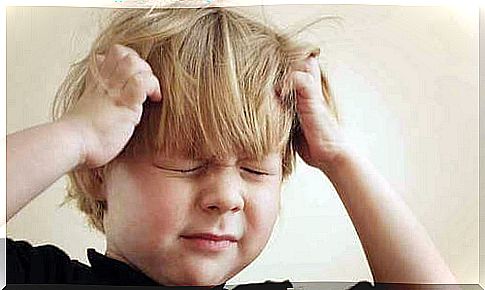
If the pain is frequent, at least once a month, or that lasts too long, it will be better to consult the pediatrician as soon as possible to make a diagnosis of what is happening to the baby.
It is also important for parents to observe whether these headaches are accompanied by other symptoms such as vomiting, fever, dizziness, etc. Even in this case, we advise you to consult a doctor immediately: he will dispel doubts and can provide treatment to calm the headache.
Types of headaches
Acute headache
The pain can appear in a specific place on the head or be widespread. Remember that acute pain can be due to otitis media or sinusitis. Dental pain can also cause acute or widespread pain.
Widespread, accompanied by fever
The main cause is usually an infection. If there is no fever, a head injury, hypertension, or carbon monoxide poisoning can be considered.
Acute, already appeared on other occasions
This pain often occurs with migraines. It is usually accompanied by nausea or vomiting and a family history is common. Also, although rarer, it can be caused by epilepsy. Emotional tension can also produce this type of pain.
Localized or widespread and presenting with different symptoms than usual
This type of pain should be followed up by your pediatrician, especially if pain relievers do not calm the pain, if it lasts for several days, if it causes double vision, or if the child wakes up at night in pain.
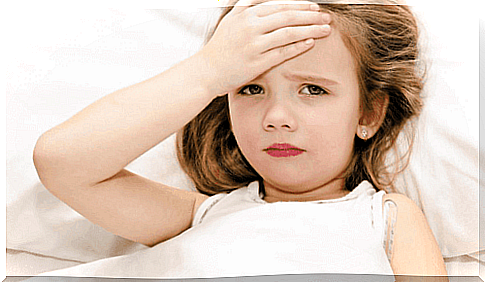
What to do when a child has a headache
The first thing to do is to investigate what kind of pain your child is suffering from and whether it appears regularly enough. In that case, you need to consult your pediatrician immediately so that he can identify what type of headache it is and what treatment to follow.
Depending on what your pediatrician tells you, you can supplement the prescribed treatments with home remedies that can help reduce pain and won’t harm your health. Some are:
- Let the child rest in his room and without light.
- Have him do breathing exercises to relax if the pain is caused by tension.
- Apply damp cloths on the forehead and neck, alternating heat and cold.
- Massage the neck and the nape of the neck.
- Move your arms and hands with energy so that the blood flows and the head decongest.
- Let him put his hands in hot water for five-minute cycles.
- Rosemary steam baths.
With this information, you will know what to do when a child has a headache, as well as the types of pain that can occur. In addition, it is important, when the child complains of a headache, to remain calm and calm him: the tension makes the pain worse.

